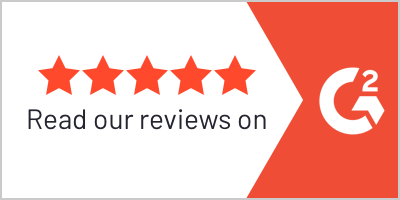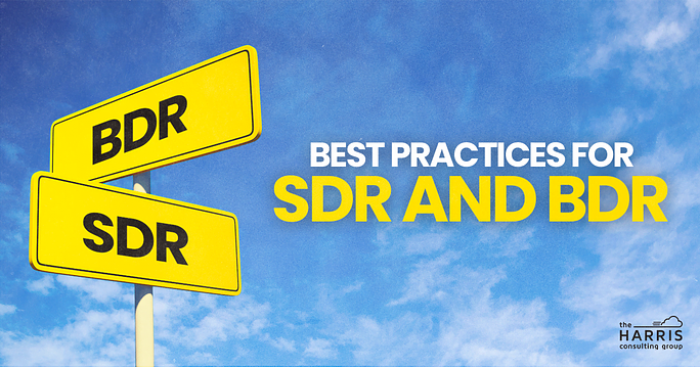As we propel ourselves towards more AI in sales, inside sales will need to continue to adapt. A critical piece in any sales motion are the handoffs from SDR / BDR to AE. Until you have an AI service that does this for you, it’s critical to really understand the best practice.
DRs still play a crucial role in the inside sales. It ensures that every interaction with a sales rep is a valuable investment of time for both the potential buyer and the seller. Specifically they are often the first touch a future customer has with your organization. This means Buyer’s Experience matters here.
Consequently, this post is geared towards unraveling the intricacies of how a SDR seamlessly transitions to an Account Executive (AE).
So, let’s set the stage: The BDR establishes initial contact with someone eager to engage with an AE or sales rep. It can be in the same office or a remote field location. Often, the SDR dispatches a calendar invite to the sales rep and prospect, complete with dialing instructions, before moving on to the next potential lead.
The outcome? A successful call or a missed connection. There are two dynamic strategies to foster success, collaboration, and accountability for all stakeholders: Email Handoffs and Meeting Handoffs.
The Email Handoffs for Inside Sales
In this scenario, the SDR orchestrates a calendar appointment with the AE and prospect. Normally it stops there. Now, if you want to improve the Buyer’s Experience, here’s a suggestion. In addition to sending the calendar invite, include a pre-meeting email.
- Expresses gratitude for the prospect’s time.
- Confirms the appointment details, reassuring the arrival of a calendar invite.
- Encourages the prospect to review and rectify any potential misunderstandings.
- Extends an introduction to the AE, including direct contact information.
- Clearly defines the main point of contact going forward (SDR or AE), tailored to your organizational structure.
- Provides a roadmap of next steps, outlining challenges, potential solutions, resources, and intriguing insights from the call.
- Reiterates appreciation for the prospect’s time.
- Once received, the AE should also respond to the group thanking the SDR for the introduction. Then, AEs should introduce themselves to the prospect. It’s important to let the prospect know they can ask any questions they like, even before the meeting even happens.
Conclusion
It’s everyone’s job to help the prospect fall in trust with us. However, it does not mean they need to fall in love with us. These are two very different things.
Thus, by implementing smooth handoffs between the SDR and AE you’re building trust and rapport with the prospect. Additionally, you are also fostering a more cohesive, accountable partnership between the SDR and AE. It’s a mutual learning opportunity that can greatly enrich the sales cycle.
It’s important to be mindful of potential pitfalls, such as an AE potentially misinterpreting the SDR’s role or attempting to shift note-taking responsibilities. Or the AE does not complete the circle by these issues are best addressed through effective management.
Ultimately, mastering the sales handoff is a pivotal component of inside sales. It offers a tangible opportunity for refinement and improvement. Embrace it, and you’ll find your team soaring to new heights of success in no time.
If you need extra help to increase your company’s handoffs, contact me. I invite you to check our 4 Week N.E.A.T. Selling™ Sales Training & Reinforcement Program or simply book a time to chat here.







